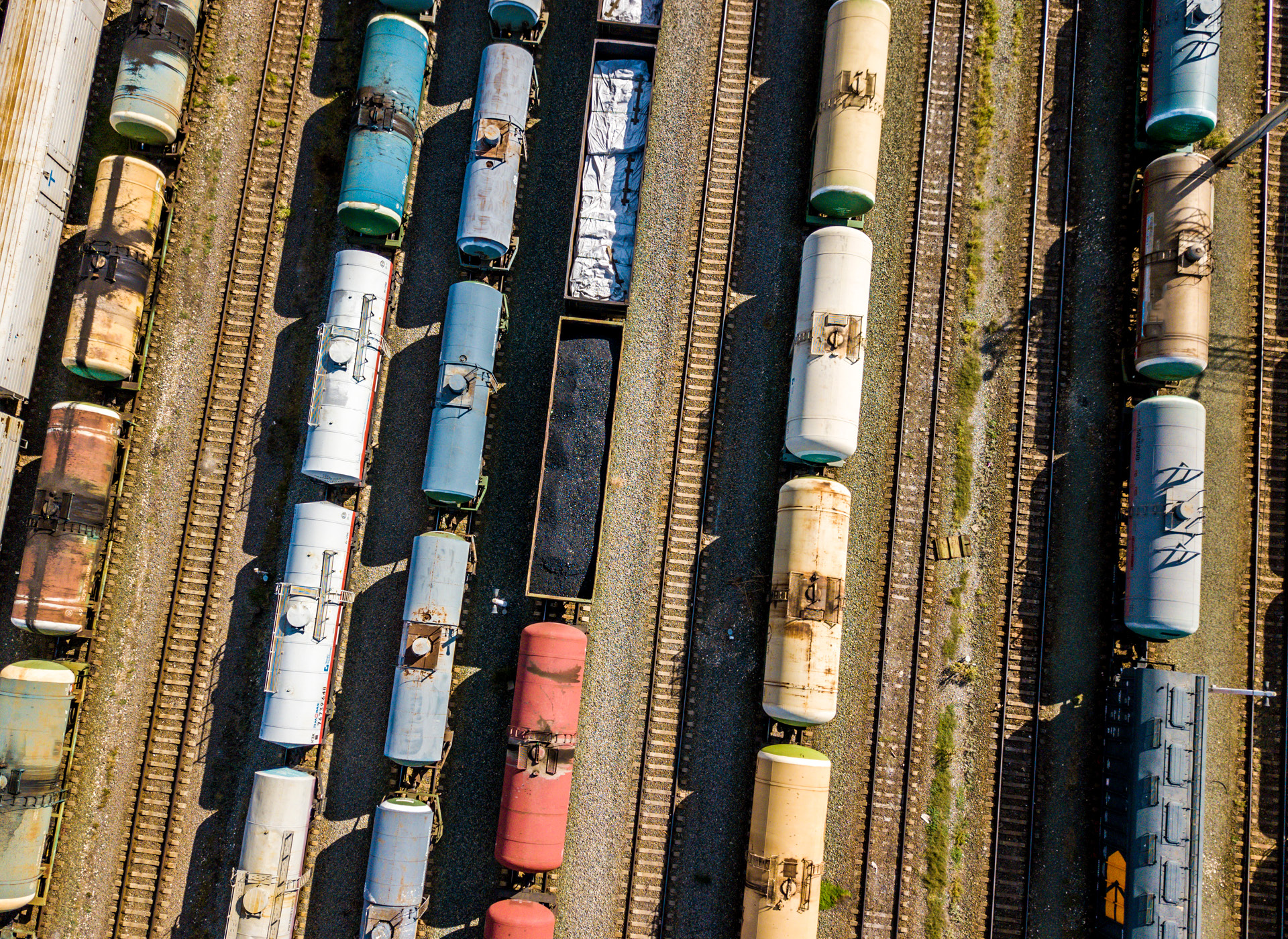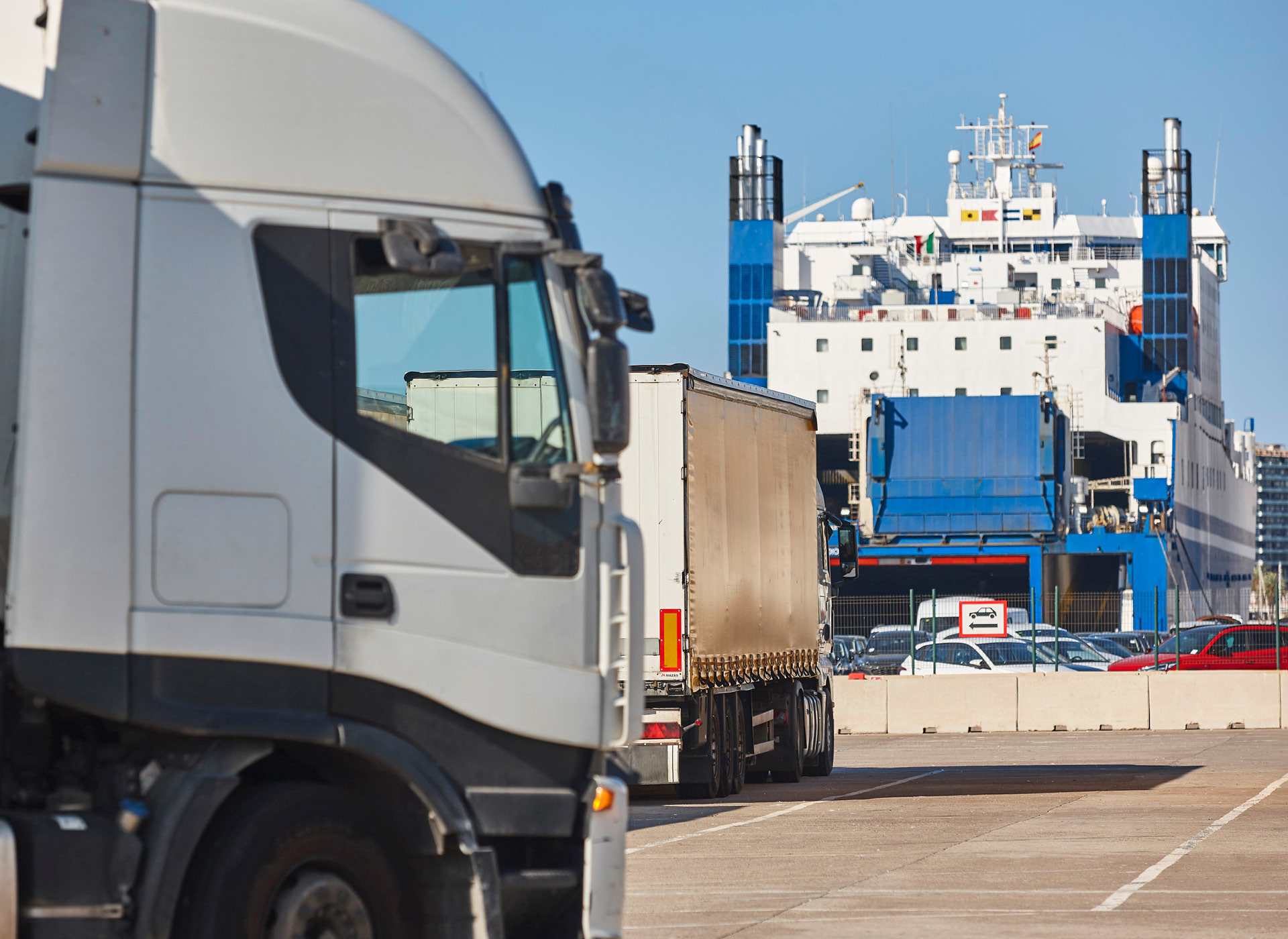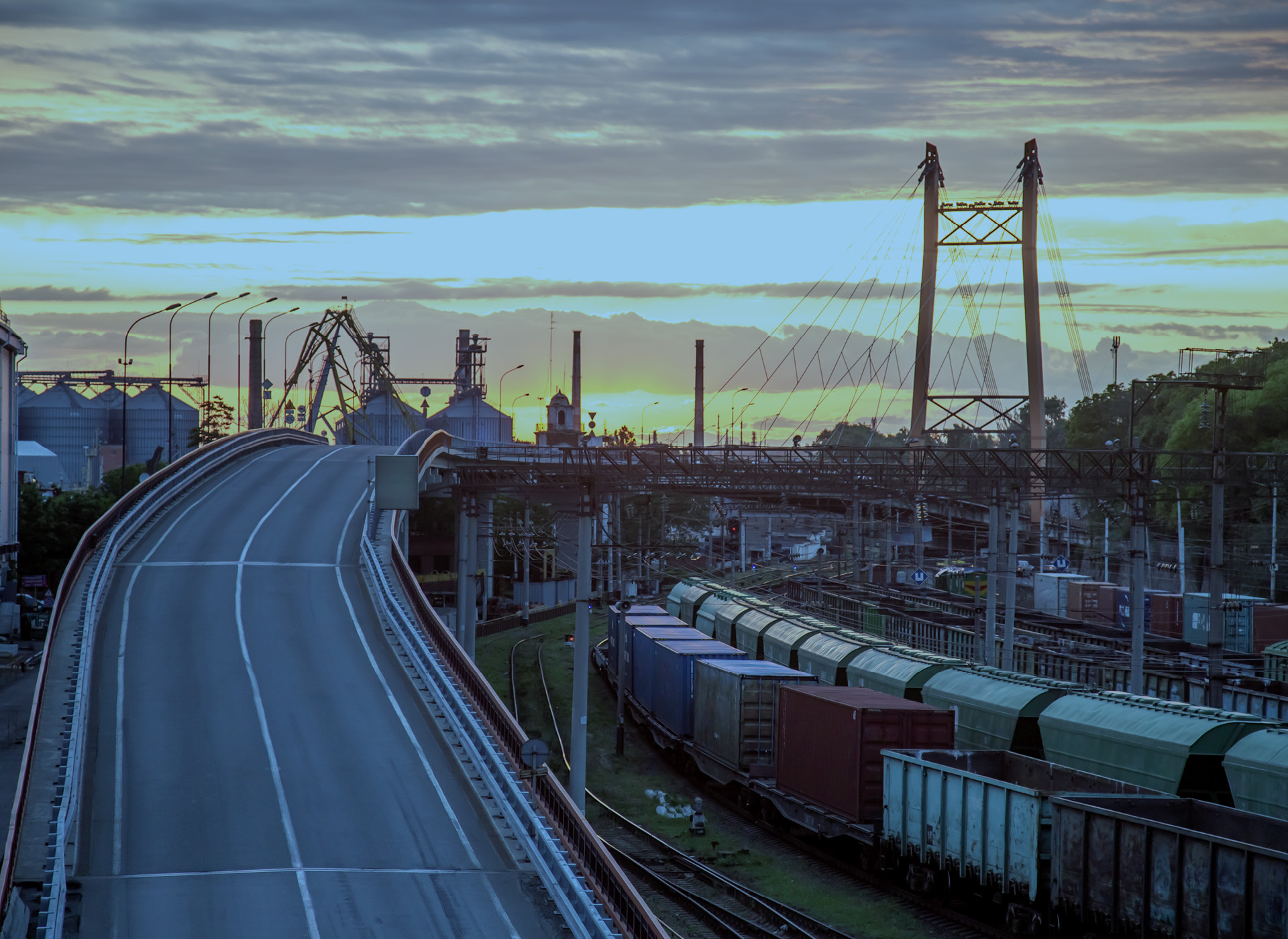From 1 April 2025, Phase 3 of the Import Control System 2 (ICS2) comes into force, a system designed to improve security and safety at EU borders. If you transport goods, whether by rail or road, you need to be aware of the new requirements to avoid delays, penalties and problems at customs. Here we explain, in simple terms, what you need to know and do to comply with the regulations.
Rail transport
If you transport goods destined for the EU, Northern Ireland, Norway or Switzerland (or in transit through these territories) by rail, you are required to comply with the new ICS2 data submission requirements. This also applies to e-commerce businesses and postal shipments.
What are the key requirements?
The rail carrier is responsible for submitting an Entry Summary Declaration (ENS) with detailed security and safety information before the goods arrive in the EU. The ENS must include a complete commercial description of the cargo, the 6-digit HS code and data on the parties involved (buyer, seller, carrier, etc.).

How to prepare the ENS?
From 1 April 2025, the ENS must be submitted via ICS2 before the arrival of the train. To complete the ENS, the carrier needs information from freight forwarders’ consignment notes, commercial invoices and house transport documents. Towards the end of 2025, it will be possible to submit several partial ENSs when different actors in the supply chain share responsibility for the data.
What happens if you don’t comply?
Goods will be held at the border and not cleared by customs. Incorrect declarations may be rejected or subject to intervention, which could lead to penalties.
1 April 2025: Rail carriers and house declarants must be connected to ICS2 and submit the ENS. If you are not ready, please request an implementation window before the end of March 2025 from the customs authority of the EU country where your EORI number is registered.

Road transport
If you transport goods by road to the EU, Northern Ireland, Norway or Switzerland, you must also comply with the ICS2 regulations from 1 April 2025. The requirements are similar to those for rail transport, but with some key differences:
- The ENS must be submitted at least one hour before the truck enters the EU.
- Detailed information on the goods (description and 6-digit HS code), the parties involved (carrier, shipper, consignee, buyer and seller), transport data (vehicle, route, transport documents), among others, must be included.
- Transporters must obtain the information on consignment notes and house transport documents from freight forwarders and other actors in the supply chain.
1 April 2025: Legal requirements for filing ENS in ICS2 come into force. 1 September 2025: All road hauliers must start using ICS2 as a mandatory requirement.
How to file ENS?
- Set up a system-to-system (AS4) access to send data directly to ICS2 from your own IT system. A compliance test is required before you start operating.
- Hire an IT service provider who can file ENS on your behalf.
- Use the ICS2 STP shared portal, a recommended option for companies with few operations.
Important: Obtaining an EORI number, registering in the UUM&DS system and accessing the ICS2 STP can take weeks. It is recommended to start the process well in advance.
If you operate in freight transport, ICS2 Phase 3 is an important change that you must address now. Complying with these requirements will avoid problems at the border, delays and possible penalties. Key tip: Don’t leave everything to the last minute. Start preparing today and make sure you comply with the regulations on time.
For more information, you can consult the official EU page: https://taxation-customs.ec.europa.eu/customs-4/customs-security/ics2_en


